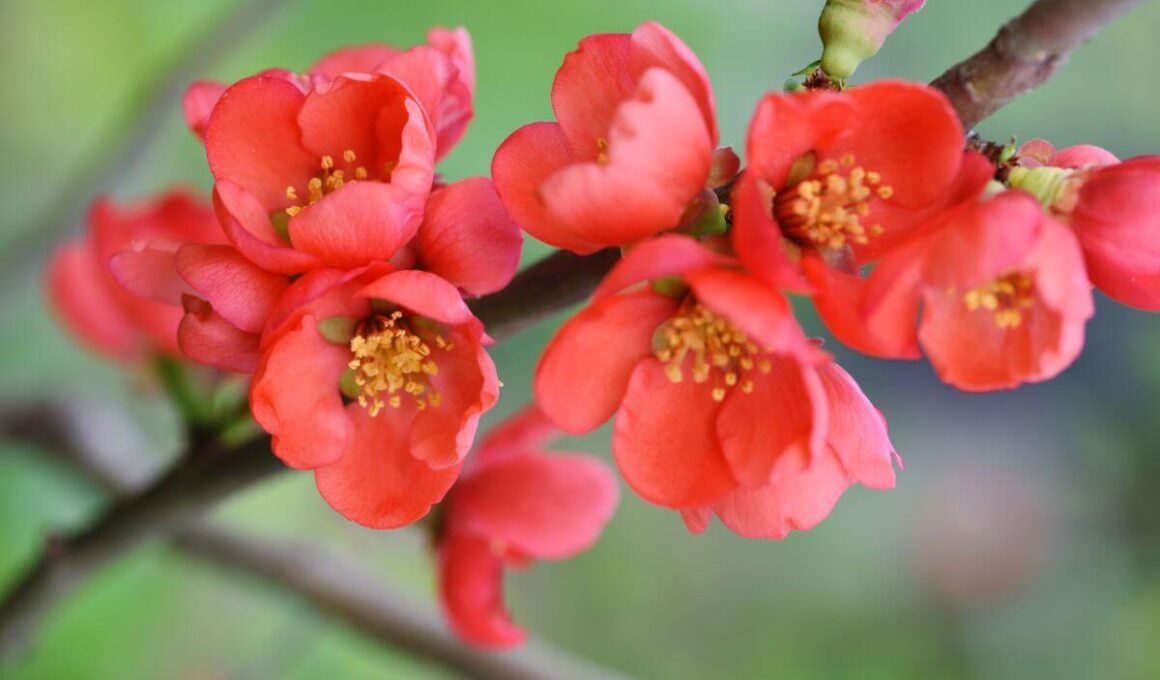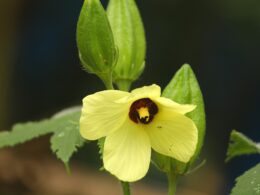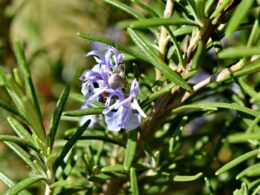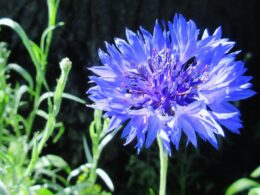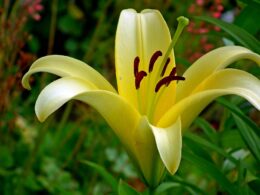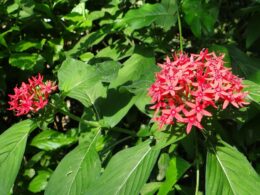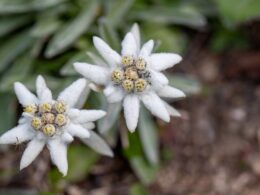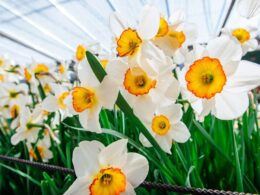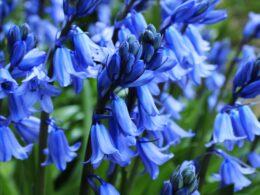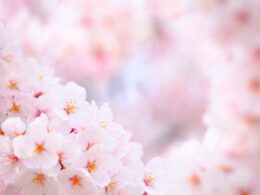What Is a Flowering Quince?
Flowering quince is a fruit-bearing shrub that belongs to the genus Chaenomeles. There are several species of flowering quince, but the most common is Chaenomeles speciosa, which is native to China. Flowering quince is often used as an ornamental plant, grown for its showy flowers, which appear in early spring before the leaves.
Quince Flower: Appearance
The Chaenomeles speciosa, also known as the Chinese quince or Japanese quince, is a deciduous shrub that is native to eastern Asia. It grows to be about 3-10 feet tall, and has oval-shaped leaves that are dark green in color. The flowers of the Chinese quince are usually red, white or pink. The fruits of the plant are green when they are unripe, and turn yellow or orange when they are ripe.
Quince Flower: Growing Conditions
The flowering quince is a deciduous shrub that is native to China. It is hardy in USDA zones 4 to 9 and can be grown in a variety of soil types, although it prefers well-drained and acidic soil. Flowering quince is tolerant of full sun, but does best in partial shade. It prefers regular watering, but can tolerate some drought. Flowering quince can be propagated from seed, but it is more commonly propagated from semi-ripe cuttings taken in summer.
When Does a Chaenomeles Speciosa Bloom?
The Chaenomeles speciosa, or Japanese quince, is a beautiful ornamental shrub that is known for its showy blossoms. Typically, the plant will bloom in early spring, with the flowers appearing before the leaves. However, the exact timing of the bloom can vary depending on the climate and the variety of quince flowers. In colder climates, the plant may not bloom until late spring or early summer.
Quince Flower Pests and Diseases
This plant is also susceptible to a number of pests and diseases, including fungal leaf spots, fire blight, scabs, and aphids. These problems can cause the leaves to discolor and drop off, the flowers to brown and wilt, and the fruit to rot.
While some of these problems can be controlled with chemicals, others may require more aggressive treatment, such as pruning out infected parts of the plant. To help prevent these problems from occurring, it is important to choose a well-drained site for planting and to water the plants deeply but infrequently. In addition, regular applications of fungicide will help to keep fungal diseases in check.
Flowering Quince Care
To ensure your quince flowers bloom to their fullest potential, provide them with proper care. Follow these tips and your quince flowers should reward you with a beautiful display.
Watering
Flowering quince is a hardy shrub that can tolerate a wide range of growing conditions. However, it will flower best if it receives regular watering during the growing season, an inch of water per week. During extended periods of drought, the plant may need to be watered more frequently to prevent the leaves from wilting.
Soil
The flowering quince requires well-drained, loam soil in order to thrive. Loam soil is a type of soil that contains a mix of sand, silt, and clay. It is considered to be the ideal type of soil for gardening because it drains well and holds nutrients.
Temperature
The flowering quince is a hardy plant that can withstand a wide range of temperatures and conditions. It is a popular choice for gardens and landscaping because it is easy to care for and maintain. The quince flowers are hardy in zones 5-9, and it can tolerate low temperatures.
Light Exposure
The flowering quince is a relatively easy plant to grow, and it can tolerate a wide range of light conditions. It will bloom best in full sun, but it will also do well in partial shade.
Fertilizing
The quince flower is not a demanding plant, but it does have some specific fertilizing requirements. It should be fed twice a year, in early spring and late summer. A 5-2-6 fertilizer is ideal for this purpose. The 5-2-6 designation indicates the percentage of nitrogen, phosphorus, and potassium in the fertilizer.
Pruning
While it is relatively easy to care for, the quince does require some attention when it comes to pruning. Autumn is the best time to prune the quince, as this helps to encourage new growth and prevent the plant from becoming too leggy. However, you can also prune in springtime if necessary. Just be sure to not prune too late in the season, as this can encourage growth that will be damaged by frost.
Are Flowering Quince Fruits Edible?
While the fruits of the flowering quince are technically edible, they are not particularly palatable. The flesh of the fruit is hard and astringent, and it can cause stomach upset if eaten in large quantities. However, the fruits can be used to make jelly or jam.
When cooked, the astringent compounds in the fruit break down, resulting in a sweet-tart preserves that is perfect for spreading on toast or stirring into yogurt. So, while you may not want to eat a raw quince fruit, there are plenty of ways to enjoy this versatile plant.
How to Propagate a Flowering Quince?
Propagation by cutting is a common way to propagate quince flowers. It is best to take cuttings from new growth in late spring or early summer. First, choose a healthy plant and cut a 6-8 inch section of stem that includes 2-3 leaves. Remove the bottom leaves and dip the cut end of the stem in rooting hormone. Next, plant the cutting in moistened potting mix, making sure that the leaves are above the soil line. Be sure to keep the cutting moist but not too wet, and in a few weeks you should see new growth.





